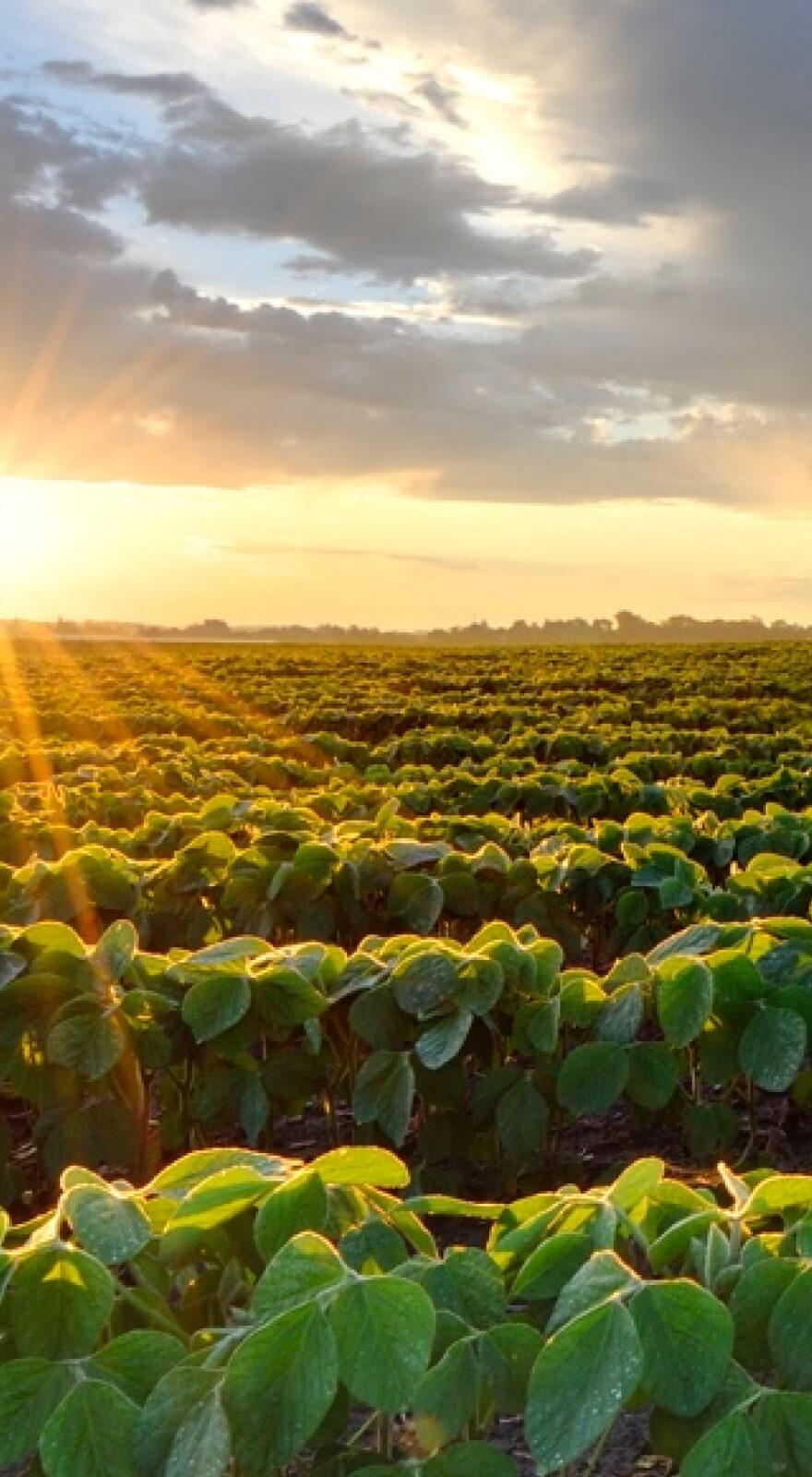Knowde Enhanced TDS
Identification & Functionality
- Chemical Family
- FRAC Code
- Agrochemical Functions
- Technologies
- Product Families
Features & Benefits
- Product Features
• AgriStar® Sonoma® 40WP AG can be use pre or post infection for fungi such as Powdery Mildew resulting in excellent extended control.
• AgriStar® Sonoma® 40WP AG can be applied through ground, aerial or chemigation application equipment.
• AgriStar® Sonoma® 40WP AG is an excellent choice for growers when implementing integrated pest management programs.
- Product Information
ACTIVE INGREDIENT: Myclobutanil
FUNGICIDE GROUP: 3
ACTIVE INGREDIENT PER POUND: 0.40 lbs
MODE OF ACTION: Steroid demethylation inhibitor
PACKAGING: 12 X 1 LB
Applications & Uses
- Markets
- Applications
- Applicable Crop
- Application Technique
- Product Use Rate
USE DIRECTIONS FOR GRAPES DISEASES RATE OF AgriStar® Sonoma® 40WP AG (OZ/ ACRE) APPLICATION DIRECTIONS RESTRICTIONS Anthracnose
(Elsinoe spp.)
3 to 5 oz.
(0.075 to 0.125 lbs. active)
Begin application when new shoots are 1 to 3 inches in length and continue on an application schedule, which does not exceed 14 days. Do not apply within 14 days of harvest.
Do not apply more than 5 oz. product (0.125 lb. a.i.) per acre per application. Do not apply more than 20 ounces of AgriStar® Sonoma® 40WSP AG product (0.50 lbs. ai) per acre per year.
Do not make more than 4 applications per year.
Black Rot
(Guignardia spp.)
Preventative Schedule: Begin application when new shoots are 1 to 3 inches in length and continue applications on an application schedule which does not exceed 14 days. Use higher specified rate under heavy disease pressure. Post Infection Schedule: Apply within 72 hours after the beginning of an infection period. Powdery Mildew
(Uncinula spp.)
Begin application at prebloom (12 to 18-inch shoots) and do not extend applications beyond a 21-day interval. Use higher specified rate or shorter spray interval on susceptible varieties or under heavy disease pressure. Aid in the Control of Certain Vine Diseases Following Pruning in Grapevines
To protect pruning wounds from vine diseases caused by Botryosphaeria rhodina, Eutypa lata, Phaeoacremonium aleophilum or Phaeomoniella chlamydospora, apply AgriStar® Sonoma® 40WP AG at 5 oz per acre in 50 gallons of water per acre using power operated ground application equipment. Lower application volumes may be used only if the spray thoroughly wets all susceptible grapevine tissue and the same ratio of AgriStar® Sonoma® 40WP AG to water is maintained: 4 oz. of AgriStar® Sonoma® 40WP AG per acre in 42 gallons of water, or 3 oz of AgriStar® Sonoma® 40WP AG per acre in 33 gallons of water per acre. Control may be reduced at these lower application rates. Apply as a directed spray immediately after pruning (within 24 hours). Assure thorough coverage of cordons, spurs and all cut wood surfaces. A second application approximately two weeks later is recommended. A second application is necessary if rainfall occurs or if humid conditions persist. Double pruning involves two pruning passes. Canes first are cut non-selectively to a uniform height. Later, selective pruning reduces canes to their final spur length. When conditions do not favor infections developing beyond where the final pruning cuts will be made, the first pass pruning cuts do not need to be treated. In this case, apply AgriStar® Sonoma® 40WP AG immediately after the second pruning only. Make a second application approximately two weeks later if rainfall occurs or is expected, or if conditions favor spore dispersal and germination. If there is risk of infection moving beyond the second set of pruning cuts, applications should be made after the first and second prunings. The addition of a labeled rate of a registered organosilicone spray adjuvant may increase penetration into cut wood surfaces. It is the responsibility of the user to assure that the organosilicone spray adjuvant is safe to the crop under the existing conditions of use. Addition of a registered spray dye to the tank mix, and visual inspection of pruning cuts after application, is recommended to assure thorough coverage of all susceptible tissue.
Specific Use Restrictions:
• Do not apply more than 24 oz. of AgriStar® Sonoma® 40WP AG (1.50 lbs. ai) per acre per year including these applications and applications for powdery mildew control
Determination of Use Rates on an Acre Basis
The amount of AgriStar® Sonoma® 40WP AG required per acre varies with tree size and the volume of fruit and foliage to be treated. The following summary table may be used as additional guidance for the determination of appropriate per acre use rates for AgriStar® Sonoma® 40WP AG:
TREE HEIGHT (ft) AgriStar® Sonoma® 40WP AG (oz/acre) Apples and Mayhaws Stone Fruits 10 (or less) 2.5 to 5.0 2.5 to 4.0 15 3.75 to 6.0 2.5 to 4.0 20 (or more) 5.0 to 10.0 2.5 to 4.0 Stone Fruit - CHERRY DISEASES Rate of AgriStar® Sonoma® 40 WP AG (oz/acre) APPLICATION DIRECTIONS RESTRICTIONS Brown Rot
Blossom Blight
(Monilinia spp)
2.5 - 6.0 oz.
(0.06 – 0.15 lbs ai)
Begin application at early popcorn stage, before infection occurs. If conditions are favorable for disease development, apply again at full bloom and petal fall. Do not make more than 4 applications of AgriStar® Sonoma® 40WP AG product per acre per year.
Do not apply more than 6 oz. product (0.15 lb. a.i.) per acre per application.
Do not apply more than 24 oz. (0.60 lbs. ai) of AgriStar® Sonoma® 40WP AG per acre per year
Brown Rot (Monilinia spp) Follow brown rot blossom blight schedule making additional applications at 10- to 14- day intervals until terminal growth ceases. Powdery Mildew (Podosphaera and Sphaerotheca spp) Follow brown rot blossom blight schedule making additional applications at 7- to 10-day intervals as long as needed. Leaf Spot
(Blumeriella spp)
Follow brown rot blossom blight schedule and continue applications at 7- to 10-day intervals. Make additional applications after harvest.
Properties
- Physical Form
Regulatory & Compliance
- Chemical Inventories

